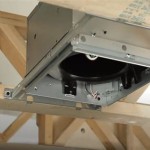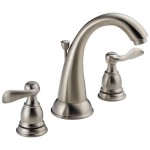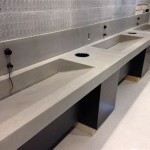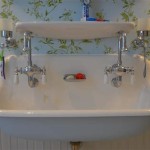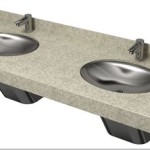How to Remove Old Bathroom Faucet Drainage
Replacing an old bathroom faucet drainage system can be a straightforward task with the right tools and knowledge. This process involves removing the existing drain assembly, which includes the pop-up drain, the tailpiece, and the drain body. This guide will provide a step-by-step procedure to safely and effectively remove your old bathroom faucet drainage system.
Step 1: Gather Necessary Tools and Materials
Before starting the removal process, ensure you have the following tools and materials readily available:
- Adjustable wrench
- Channel-lock pliers
- Flat-head screwdriver
- Phillips head screwdriver
- Bucket or container
- Shop towels or rags
- Protective eyewear
- Work gloves
- Optional: Plumber’s putty knife for removing old sealant
Step 2: Turn Off the Water Supply
The first priority is to prevent water damage. Locate the shut-off valve for the bathroom sink and turn it off completely. This is typically located beneath the sink or on the wall behind it. Once the water supply is shut off, run the faucet to ensure all water has drained out.
Step 3: Disconnect the Drain Assembly
The drain assembly consists of the pop-up drain, the tailpiece, and the drain body. The pop-up drain is the mechanism that controls the flow of water into the drain, while the tailpiece connects the drain body to the drainpipe. Begin by loosening the nut holding the pop-up drain assembly to the sink. You may need to use channel-lock pliers for a better grip.
Once the pop-up drain assembly is loose, carefully remove it from the sink. The tailpiece is typically connected to the drain body with a threaded nut. Use an adjustable wrench to loosen this nut, turning it counterclockwise. If the nut is rusted or stuck, you can try applying penetrating oil to loosen it.
Step 4: Remove the Drain Body
The drain body is the main part of the drain assembly and sits directly below the sink. It is usually secured to the sink with a threaded nut. Use an adjustable wrench to loosen this nut, turning it counterclockwise. Once the nut is loose, lift the drain body out of the sink. If it is stuck, you may need to use a plumber’s putty knife to pry it loose.
Step 5: Clean the Drain Opening
After removing the old drainage system, it is important to clean the drain opening. Use a shop towel or rag to wipe away any debris or sealant that is left behind. This will ensure a clean and smooth surface for the new drain assembly.
Step 6: Install the New Drain Assembly
Installing the new drain assembly is the reverse process of removal. Ensure the new drain assembly is compatible with the sink and drainpipe. Follow these steps:
- Install the drain body into the sink opening, making sure it sits flush with the sink surface.
- Secure the drain body with the threaded nut, turning it clockwise until it is snug.
- Connect the tailpiece to the drain body, ensuring it is securely fastened with the threaded nut.
- Reinstall the pop-up drain assembly, making sure the nut is tightened securely.
- Before turning on the water supply, check for any leaks around the drain assembly.
Step 7: Turn On the Water Supply
Once you are satisfied with the installation of the new drain assembly, slowly turn on the water supply. Check for any leaks while the water is running. If you notice any leaks, tighten the appropriate nuts and ensure that the drain assembly is properly sealed.

How To Replace A Rusty Sink Drain Howtolou Com

Sink Drain Replacement Bathroom

How To Replace A Rusty Sink Drain Howtolou Com

Bianchina Swapping Out A Bathroom Sink Drain And Pop Up

How To Replace A Bathroom Faucet Drain Renovation

Diy How To Replace A Bathroom Sink Faucet Remove Install

The Plumber S Choice 1 5 8 In Bathroom Faucet Universal One Touch Vessel Vanity Sink Pop Up Drain Stopper Without Overflow Polished Nickel 1301r Home Depot

How To Replace A Bathroom Drain And Sink Trap

How To Replace Or Maintain A Sink Pop Up Drain Assembly

6 Ways To Fix Clogged Drains Keep Pipes Flowing Freely Horizon Services
Related Posts
